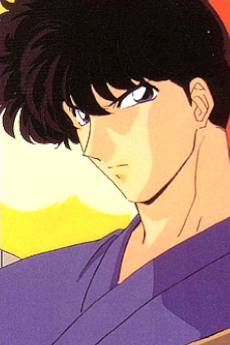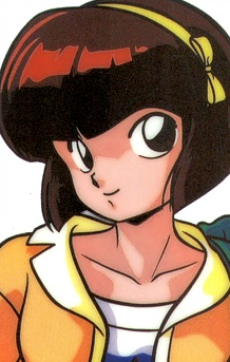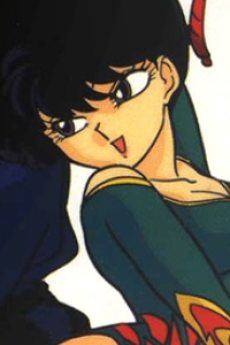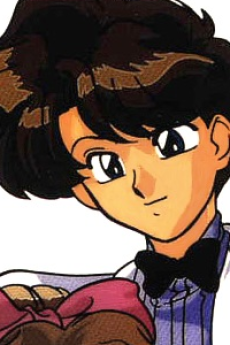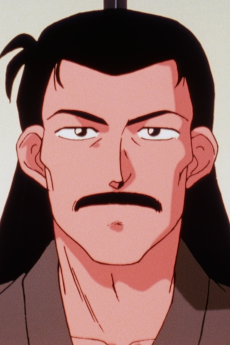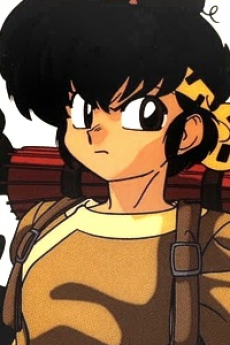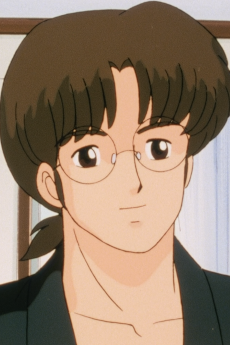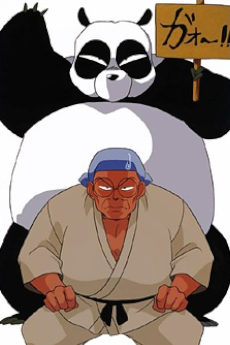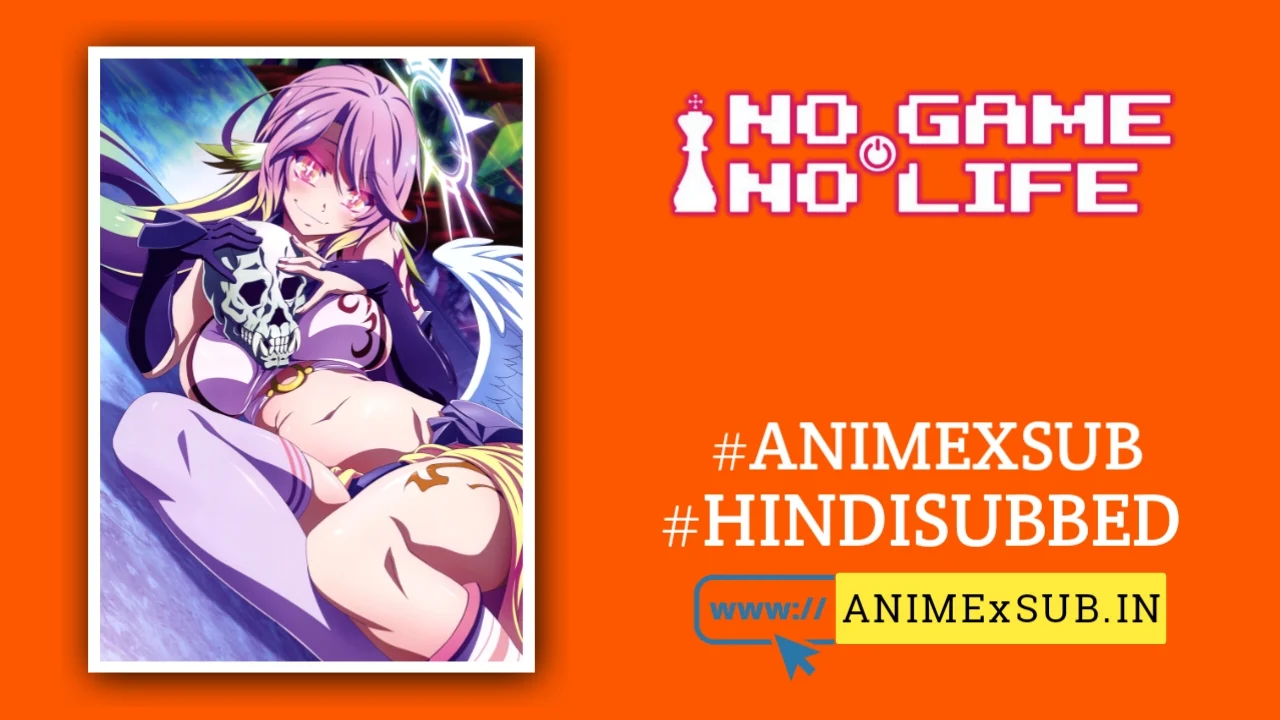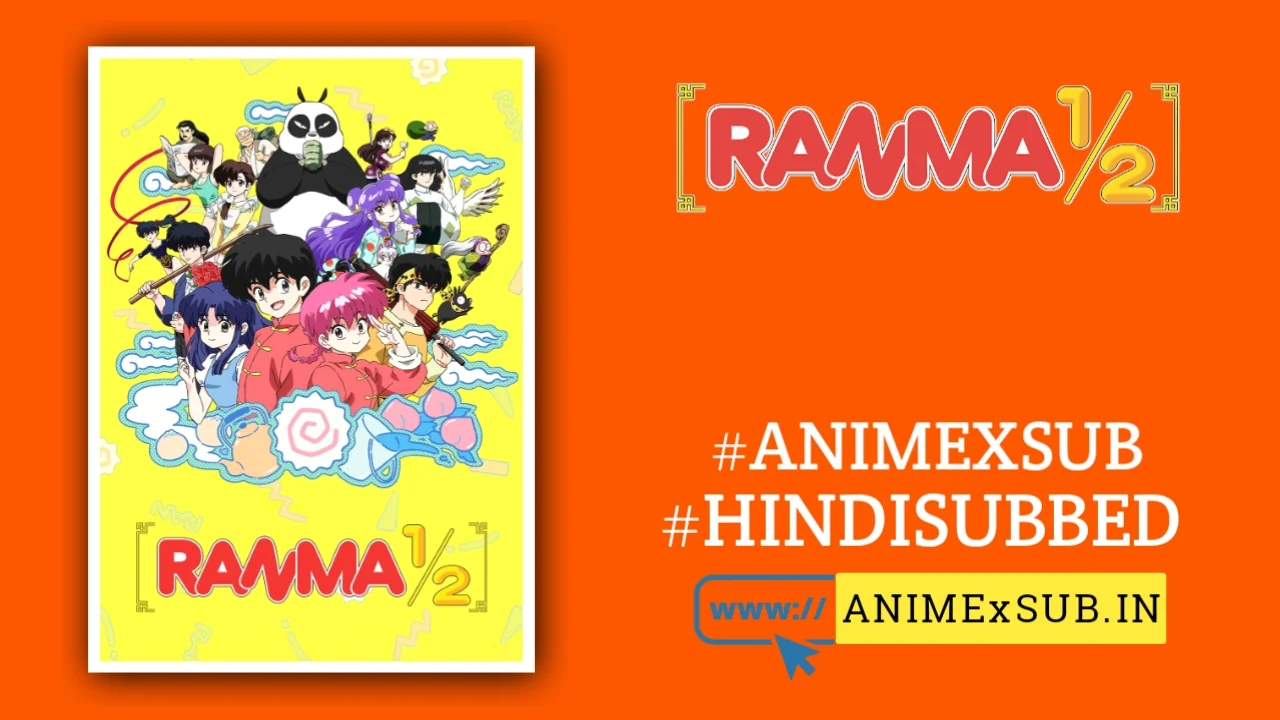
Ranma ½ (2024) Hindi Subbed [12/12] | Ranma ½ Hindi Sub

Ranma 1/2 (2024)
Ranma1/2 (2024)Synopsis
A new anime adaptation of Rumiko Takahashi's Ranma 1/2. Ranma Saotome and Akane Tendou of Tendou Dojo are betrothed to each other by their parents. But Ranma faces a unique problem… Ever since he fell into the cursed springs of Jusenkyo while training in China, his body has acquired the peculiar trait of transforming into a girl when doused with cold water and reverting to a boy with hot water. Get ready for the slapstick, action-packed rom com featuring Ranma, Akane, and a vibrant cast of unique characters! (Source: Ranma 1/2 PR Official Site, edited)
Watch Trailer
Characters
Ranma ½ (2024): A Bold Reimagining of a Timeless Classic
The 2024 reboot of Ranma ½, produced by MAPPA and directed by Kōnosuke Uda, is a vibrant reimagining of Rumiko Takahashi’s iconic manga, blending nostalgic reverence with modern flair. This anime revival, streaming globally on platforms like Netflix, delivers a fresh take on the gender-bending martial arts comedy that defined a generation, while carving out new territory for contemporary audiences. Below, we explore what makes this adaptation a standout, diving into its narrative, visuals, themes, and cultural resonance—without veering into promotional territory.
A Story That Balances Nostalgia and Innovation
At its core, Ranma ½ (2024) stays true to the original premise: Ranma Saotome, a teenage martial artist, is cursed to transform into a girl when splashed with cold water, reverting to male with hot water. The series follows his chaotic life at the Tendo dojo, entangled in romantic misadventures, rivalries, and martial arts mayhem. The reboot retains the slapstick humor and romantic tension of the 1989 anime and manga, but it smartly updates the pacing and structure for modern viewers.
Unlike the original’s episodic sprawl, the 2024 version adopts a tighter narrative arc, with 12 episodes in its first season. The writers weave a subtle overarching plot that hints at deeper lore behind the Jusenkyo curses, while preserving the chaotic charm of Ranma’s daily life. Classic characters like Akane Tendo, Ryoga Hibiki, and Shampoo return, but their backstories are fleshed out with new emotional depth. For instance, Akane’s struggles with societal expectations as a martial artist and “fiancée” are explored with nuance, reflecting contemporary gender dynamics without feeling heavy-handed.
The reboot also introduces minor original characters and subplots, such as a mysterious martial arts tutor tied to the curses’ origins, adding intrigue without overshadowing the ensemble cast. This balance ensures the series feels familiar yet unpredictable, rewarding longtime fans and newcomers alike.
Visual and Auditory Excellence
MAPPA’s animation elevates Ranma ½ to new heights. The studio, known for Jujutsu Kaisen and Attack on Titan, brings its signature polish to the series. Character designs are crisp, expressive, and faithful to Takahashi’s art, with vibrant colors that pop during both comedic and action sequences. The fluidity of Ranma’s transformations—male to female and back—feels seamless, with subtle visual cues (like body language shifts) that underscore the dual identities.
Fight scenes are a highlight, blending traditional martial arts choreography with dynamic, almost balletic flair. The Chestnut Fist training sequence, for example, is a visual spectacle, with rapid-fire punches animated in a way that feels both grounded and exaggerated, perfectly capturing the series’ tonal tightrope. Backgrounds, from the Tendo dojo to the bustling streets of Nerima, are richly detailed, grounding the absurdity in a lived-in world.
The sound design complements the visuals impeccably. The opening theme, a J-pop earworm by AliA, captures the playful chaos of the series, while the score, composed by Kaoru Wada, blends traditional Japanese instruments with modern synths. Voice acting is a standout, with Kappei Yamaguchi and Megumi Hayashibara reprising their roles as Ranma and Akane, respectively, bringing seasoned gravitas to their performances. Newer voice actors, like Rie Takahashi as Shampoo, inject fresh energy, ensuring the ensemble feels cohesive.
Themes and Cultural Relevance
Ranma ½ (2024) doesn’t shy away from the original’s gender-bending premise, but it handles it with a modern lens. The series explores identity, societal expectations, and self-acceptance in ways that resonate with today’s audiences. Ranma’s dual existence is treated with humor but also empathy, highlighting the character’s internal conflict without preaching. Scenes where Ranma navigates social situations in both forms—like dodging romantic advances or confronting stereotypes—offer clever commentary on fluidity and perception.
The reboot also updates the portrayal of female characters. Akane, once criticized for being a stereotypical tsundere, is given more agency, with her martial arts skills and emotional vulnerabilities showcased equally. Shampoo and Ukyo, too, are fleshed out beyond their original “love interest” roles, with motivations rooted in personal ambition and cultural pride. This shift addresses dated tropes from the 1980s while preserving the chaotic love polygon that fans adore.
Culturally, the series bridges East and West effectively. While deeply rooted in Japanese humor and martial arts traditions, its universal themes of identity and belonging make it accessible globally. Subtle nods to modern anime trends—like self-aware humor and meta gags—ensure it feels current without alienating purists.
Reception and Impact
Early reviews from fans and critics praise the reboot’s balance of fidelity and innovation. On platforms like MyAnimeList and Reddit, viewers commend the animation quality and character development, though some purists debate the streamlined plot. Critics note that the series successfully modernizes a classic without losing its soul, with Anime News Network calling it “a love letter to fans that also invites new viewers to the party.”
The reboot’s global streaming release has sparked renewed interest in Takahashi’s work, with manga sales reportedly spiking in 2024. Its exploration of gender and identity has also fueled academic discussions, with scholars analyzing its relevance in the context of contemporary anime like Ouran High School Host Club or Spy x Family, which similarly play with identity and comedy.
Areas for Improvement
No adaptation is flawless. Some fans argue the reduced episode count sacrifices the original’s leisurely charm, with certain side characters (like Kodachi Kuno) receiving less screen time. The new curse-related subplot, while intriguing, occasionally feels underdeveloped, hinting at a second season that may or may not materialize. Additionally, while the humor lands well, some gags—like Happosai’s antics—feel slightly dated, even with modern tweaks.
Final Thoughts
Ranma ½ (2024) is a triumph of adaptation, blending nostalgia with bold creative choices. Its stunning visuals, thoughtful character arcs, and nuanced take on identity make it a worthy successor to the original. By honoring Takahashi’s vision while embracing modern sensibilities, the reboot proves that Ranma ½ remains as relevant and uproarious as ever. Whether you’re a longtime fan or a curious newcomer, this series offers a chaotic, heartfelt ride that’s hard to resist.
Support Our Anime Community!
Love watching the latest anime? Help us keep uploading new episodes by join telegram channel ❤️
Join Now!

